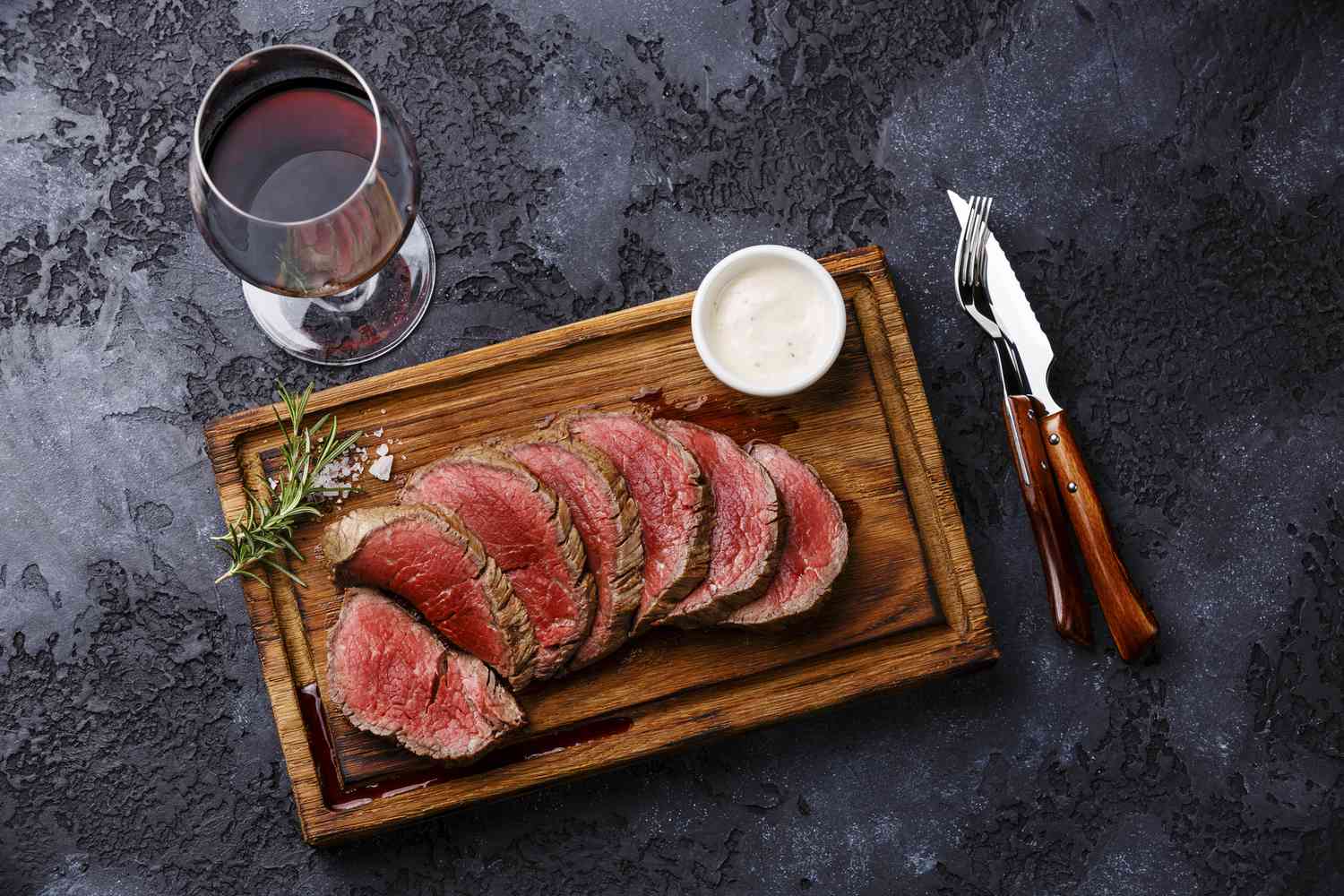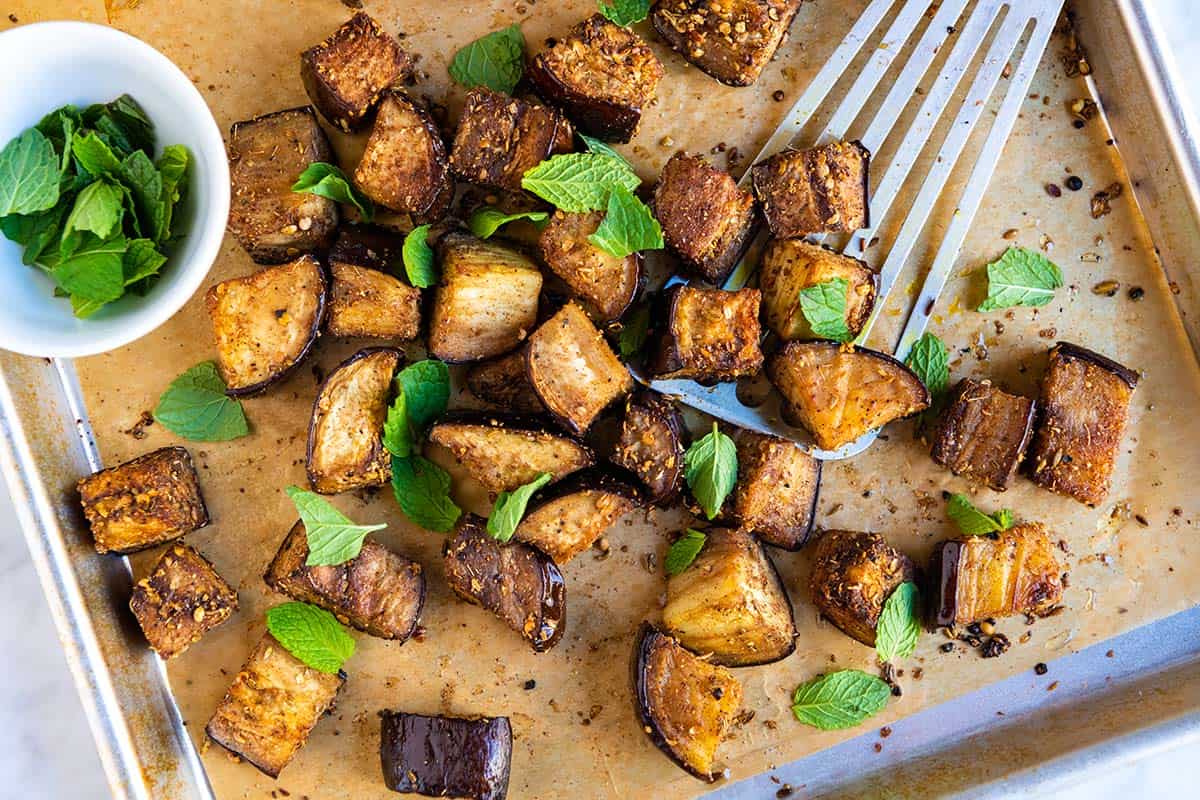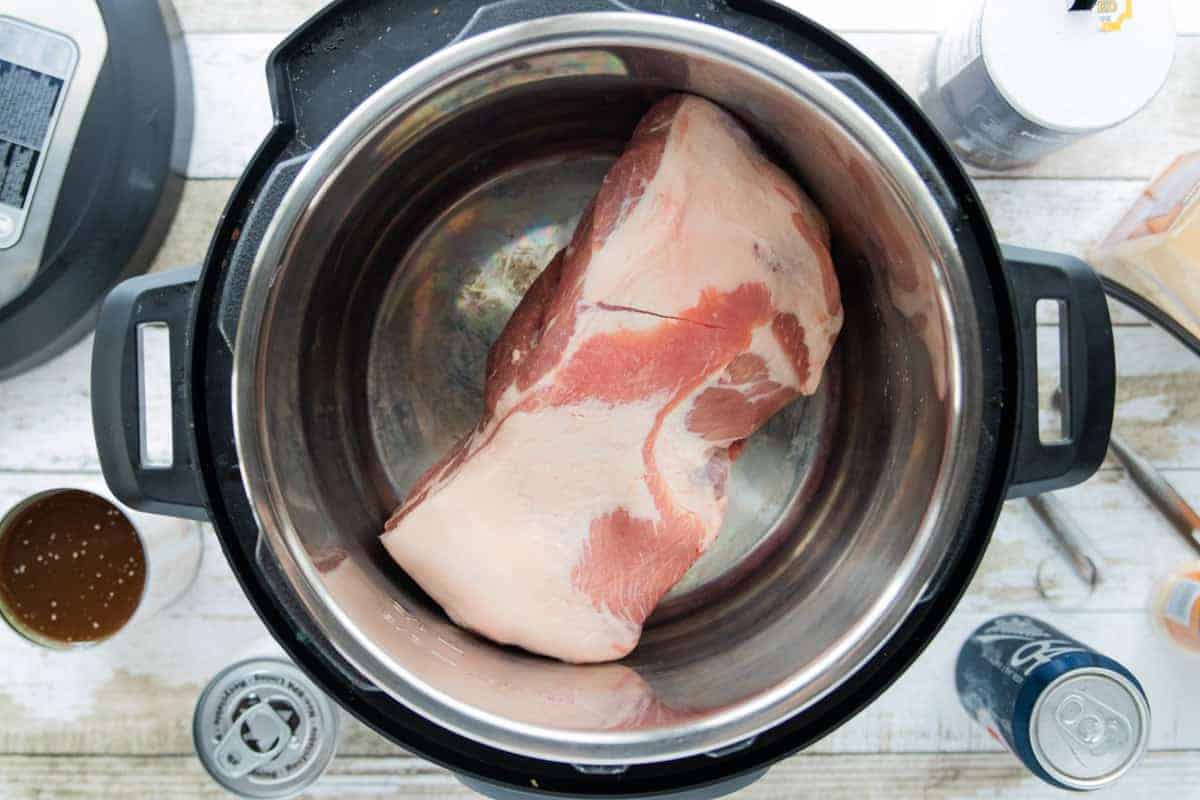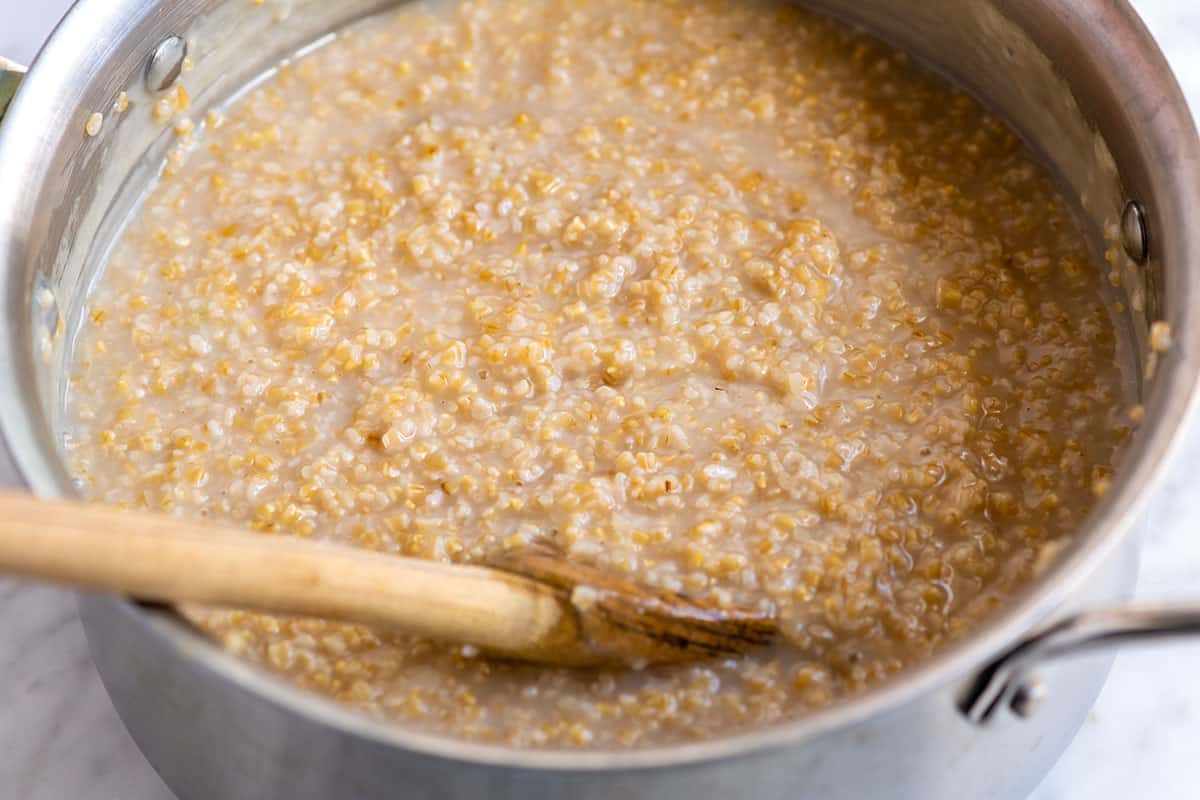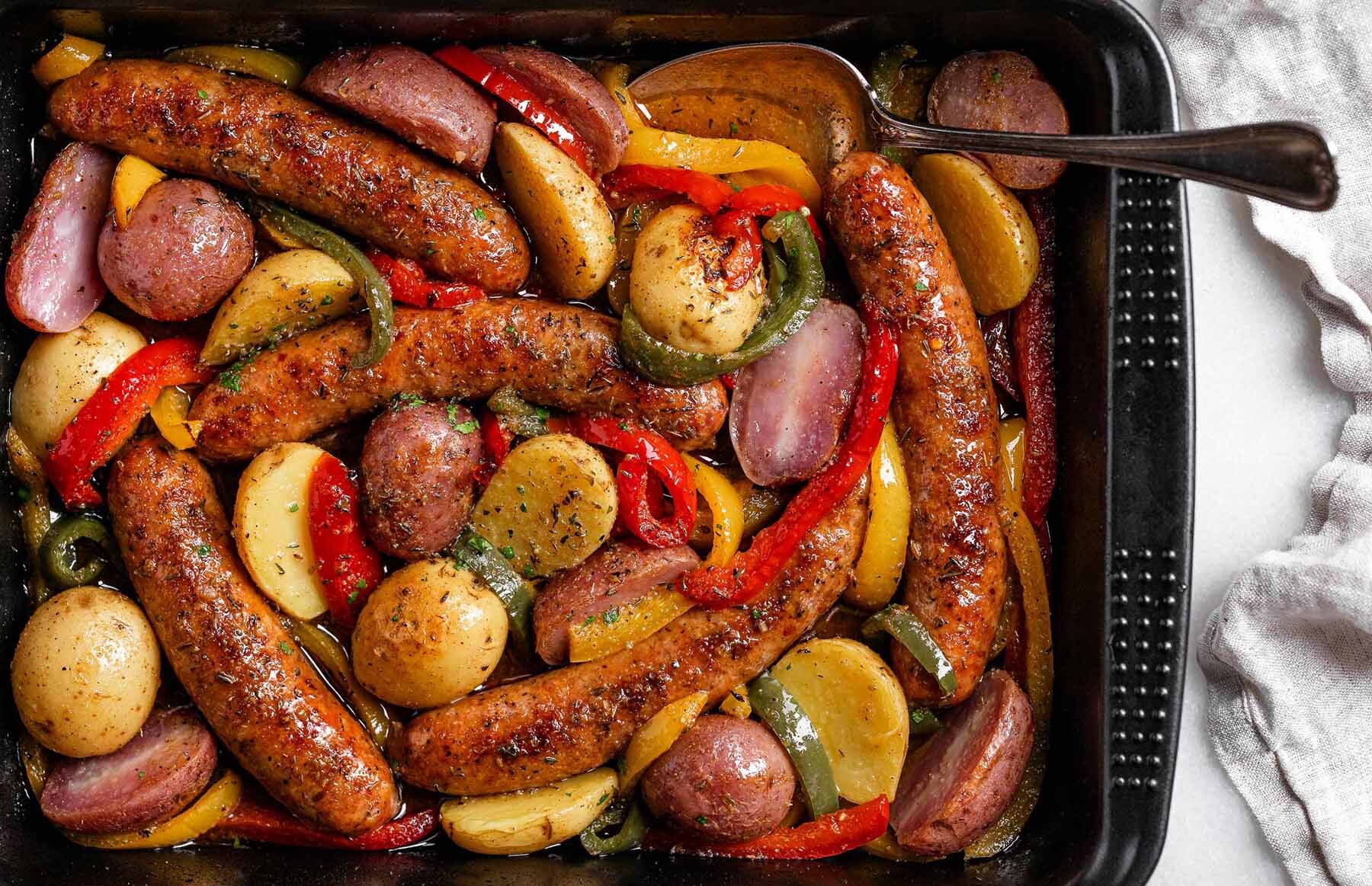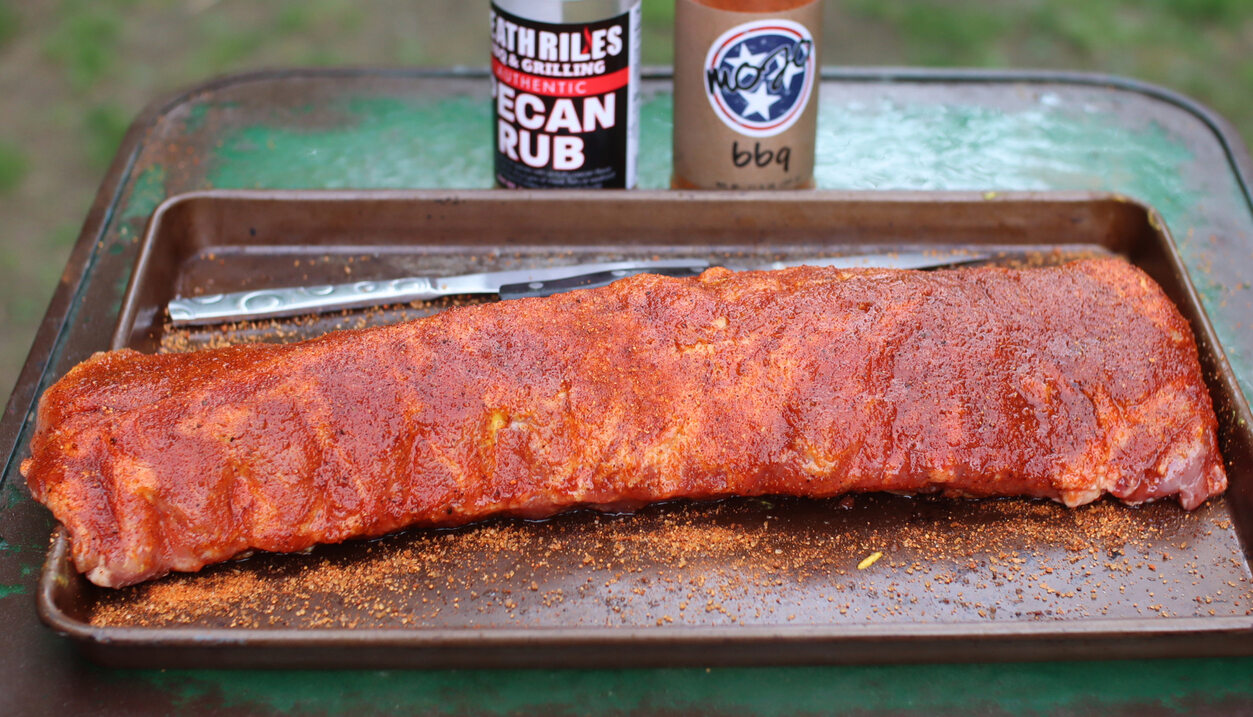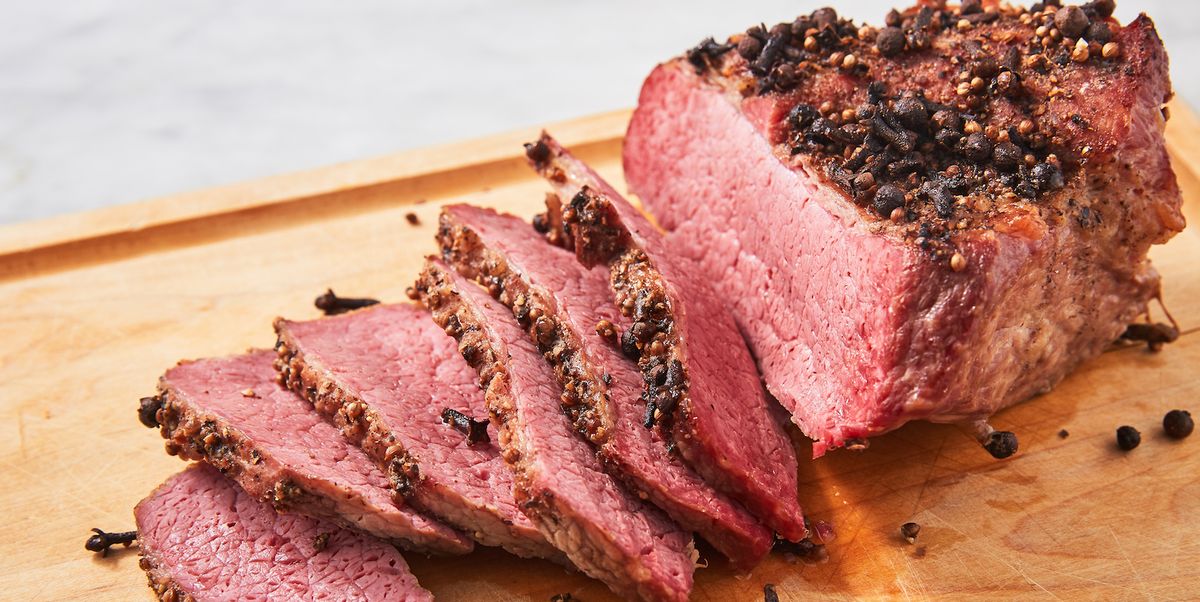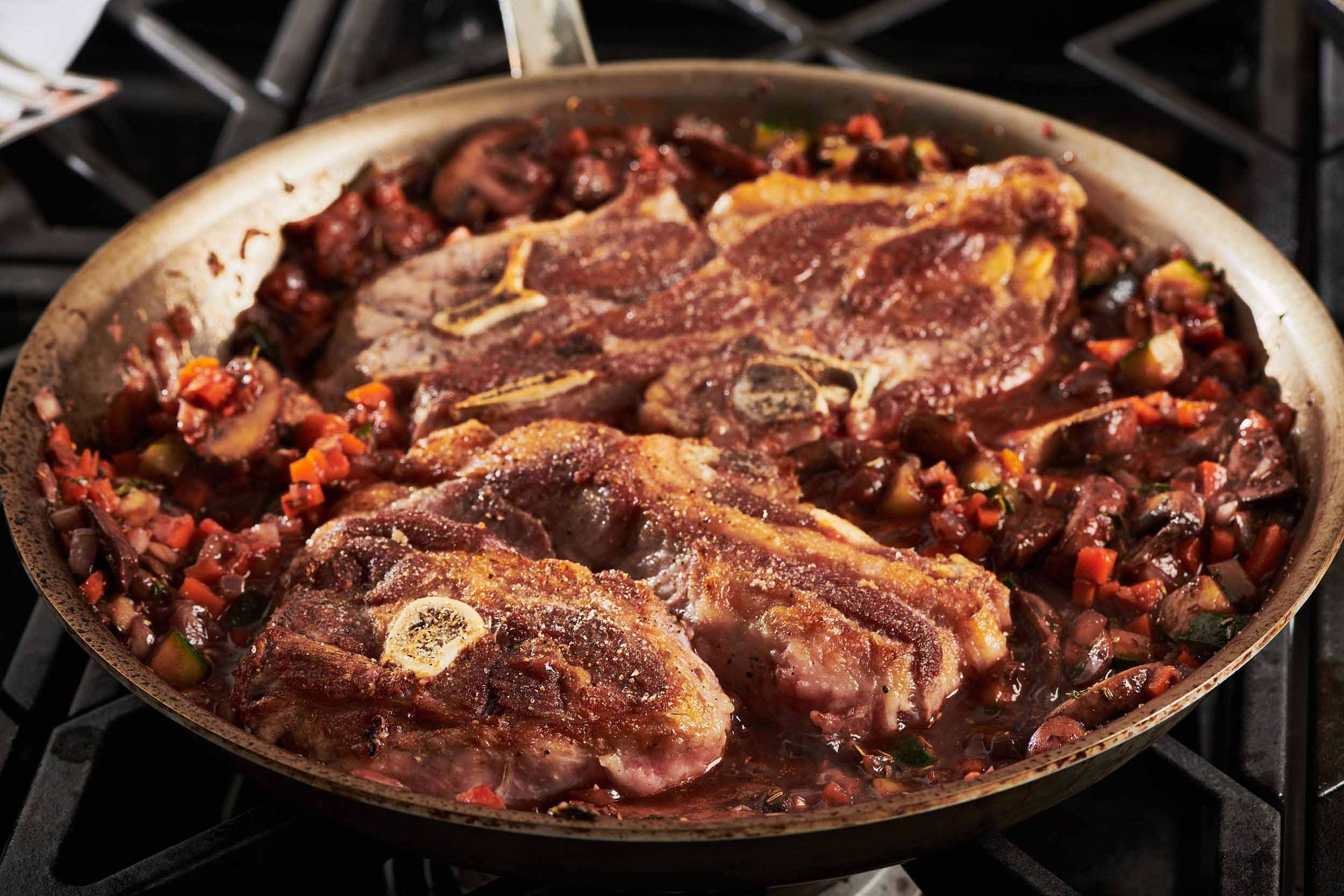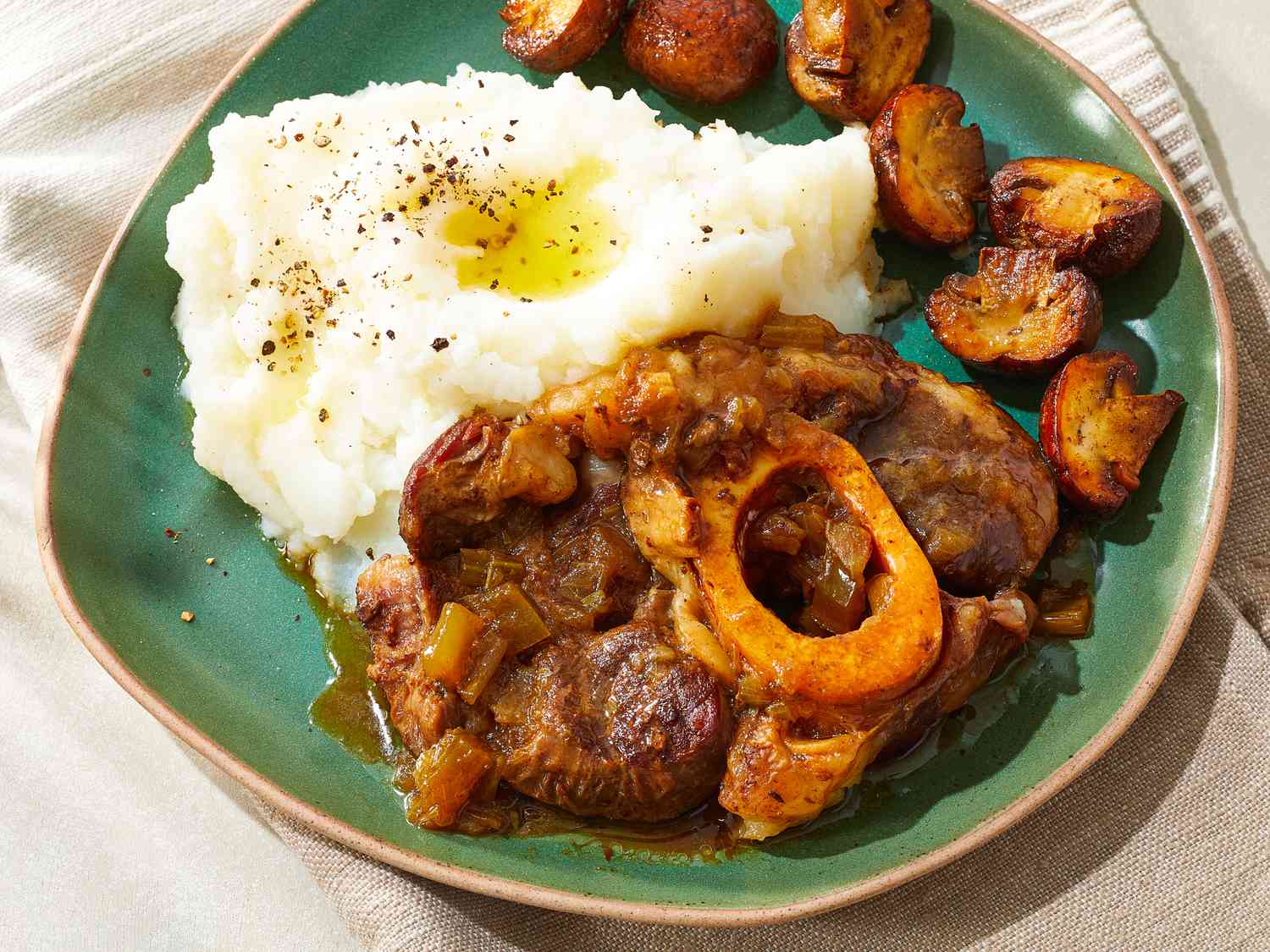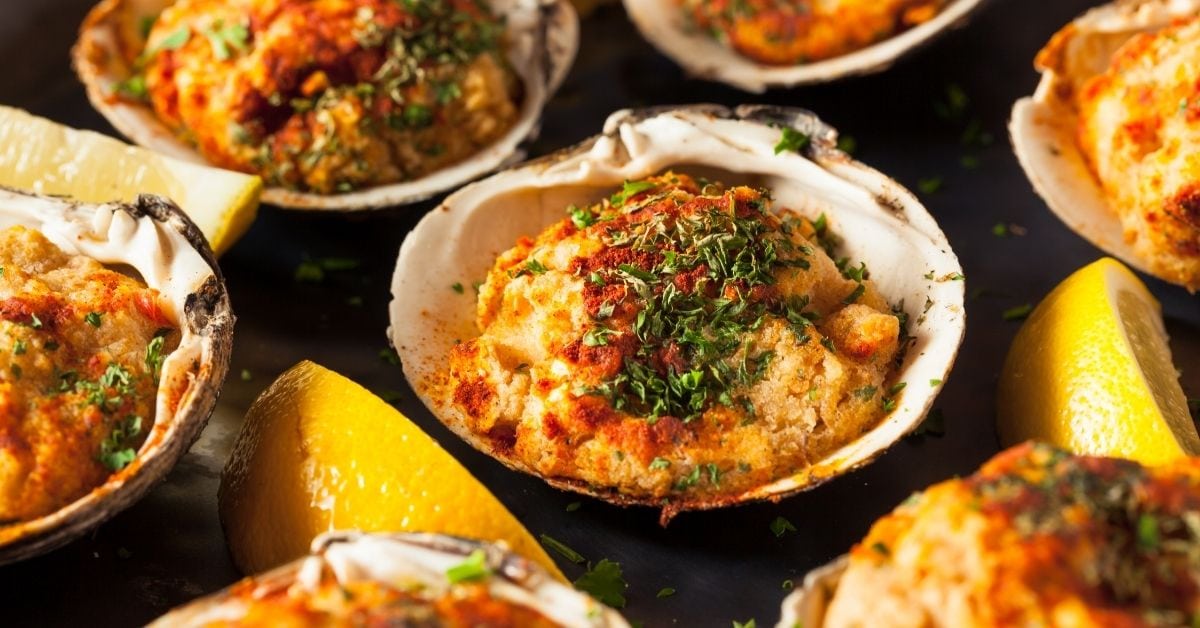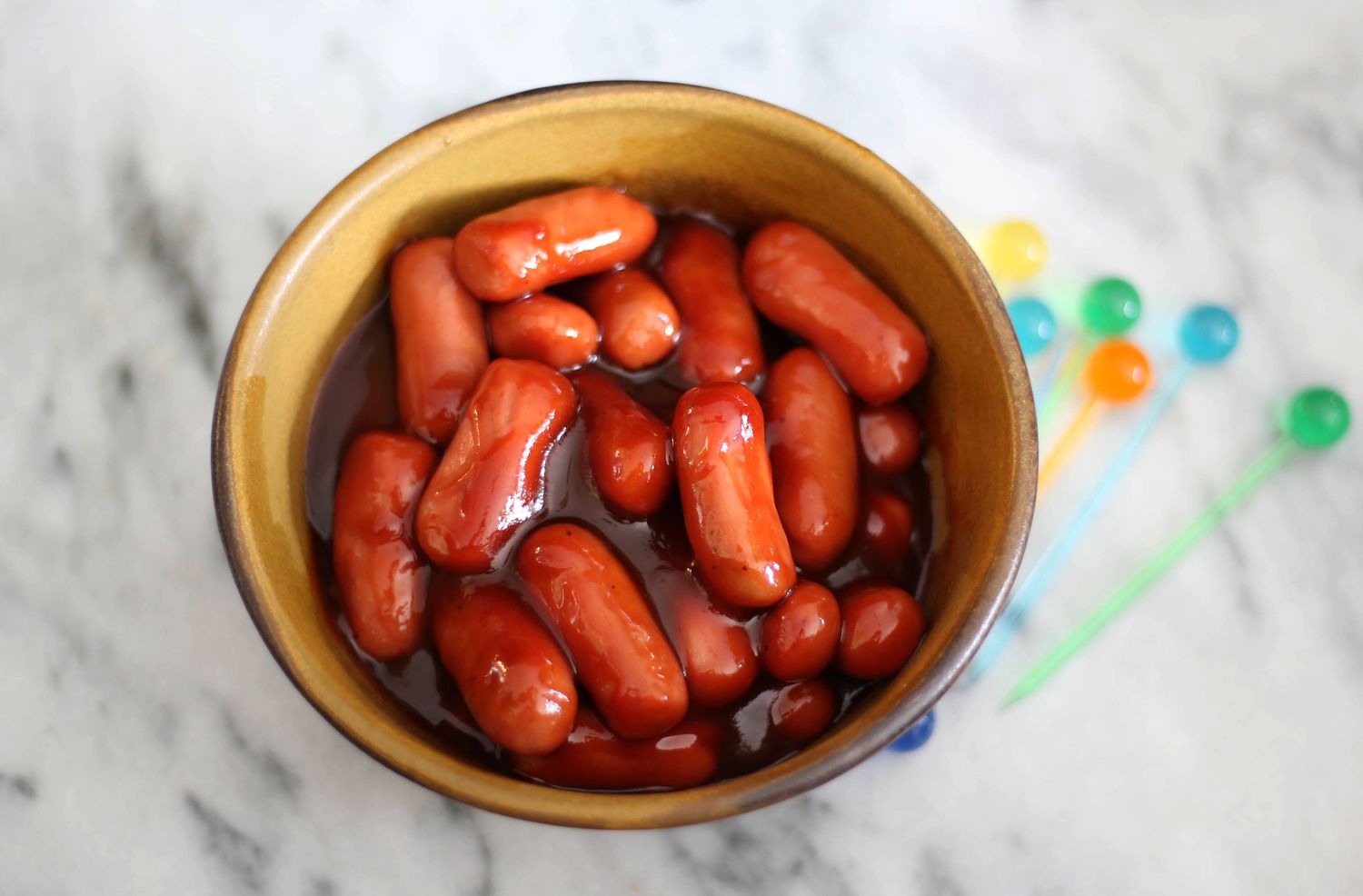Cooking a baby chicken, often referred to as a poussin or Cornish hen, offers a delightful culinary experience. These young birds, tender and flavorful, present a canvas for a variety of cooking techniques. Whether you're roasting, grilling, or braising, the key lies in the preparation and the careful balance of seasonings to enhance its natural flavors. This guide will walk you through essential tips and tricks to perfectly cook a baby chicken, ensuring a succulent and memorable dish. From selecting the right bird to the final touches before serving, get ready to impress your guests with your culinary skills.
Essential Ingredients for Your Culinary Adventure
- 1 whole baby chicken (about 1-1.5 pounds)
- 2 tablespoons olive oil
- 1 teaspoon salt
- 1/2 teaspoon black pepper
- 3 cloves garlic, minced
- 1 lemon, halved
- Fresh herbs (such as thyme, rosemary, and parsley), for stuffing
- 1/2 cup chicken broth
The Must-Have Tools for Cooking Perfection
-
Sharp Chef's KnifeFor precise cuts and easy handling of the chicken.
-
Cutting BoardPreferably one dedicated to raw meats to avoid cross-contamination.
-
Roasting PanWith a rack to ensure even cooking and proper air circulation around the chicken.
-
Meat ThermometerEssential for checking the internal temperature to ensure it's cooked safely.
-
Kitchen TwineTo truss the chicken, keeping it compact for even cooking.
-
Basting BrushFor applying marinades or butter to the chicken during cooking.
-
Aluminum FoilUseful for tenting over the chicken if it browns too quickly.
-
Carving SetA sharp carving knife and fork for serving the chicken once cooked.
-
Oven MittsTo safely handle the hot roasting pan and chicken.
-
TimerKeeping track of cooking time is crucial for a perfectly cooked chicken.
Cooking baby chicken requires gentle seasoning and roasting at 375°F for about 20 minutes per pound. Keep it moist by basting with juices or butter for a tender, flavorful result.
The Importance of Mastering This Dish
Cooking baby chicken, often referred to as cornish hen, involves techniques that ensure juicy meat and crispy skin. Mastering this dish offers a sense of accomplishment and broadens culinary skills. It's a delightful way to impress guests or enjoy a luxurious meal at home, blending flavor with presentation.
Choosing to cook baby chicken is about embracing variety in the kitchen. This smaller poultry option cooks faster than its larger counterparts, making it ideal for intimate dinners. It encourages experimenting with different herbs and spices, leading to unique and memorable dishes that stand out in any culinary repertoire.
Your Step-by-Step Culinary Guide
Cooking a Baby Chicken: Step by Step Guide
-
Preparation
- Select a fresh baby chicken: Look for plump, moist skin and a clean smell.
- Clean thoroughly: Rinse under cold water, inside and out. Pat dry with paper towels.
- Season well: Rub inside and outside with salt, pepper, and your choice of herbs or spices.
-
Marination (Optional)
- Create a marinade: Mix olive oil, lemon juice, minced garlic, and herbs.
- Marinate the chicken: Coat the baby chicken in the marinade. Refrigerate for at least 2 hours or overnight for deeper flavor.
-
Preheat Oven
- Set temperature: Preheat your oven to 375°F (190°C).
-
Stuffing (Optional)
- Prepare stuffing: Mix breadcrumbs, cooked onions, and herbs.
- Stuff the chicken: Fill the cavity of the chicken lightly with stuffing. Close the opening with toothpicks or kitchen twine.
-
Roasting
- Prepare for roasting: Place the chicken breast-side up in a roasting pan.
- Add vegetables (Optional): Surround with chopped carrots, potatoes, and onions for a complete meal.
- Roast: Cook in the preheated oven. Estimate about 20 minutes per pound (450g), plus an additional 20 minutes.
- Baste occasionally: Use pan juices to baste the chicken every 20 minutes for a moist result.
-
Checking Doneness
- Use a meat thermometer: Insert into the thickest part of the thigh. The chicken is done when it reaches 165°F (74°C).
- Look for clear juices: Pierce the thigh with a knife. Juices should run clear, not pink.
-
Resting
- Let it rest: Remove from oven. Cover loosely with foil. Let it sit for 10-15 minutes before carving. This step allows juices to redistribute, ensuring the meat is moist and tender.
-
Carving
- Remove twine or toothpicks: Take out any items used to close the cavity.
- Separate legs and thighs: Cut through the joint connecting them to the body.
- Remove breasts: Slice downward along the breastbone, then angle the knife to cut the breast meat away from the rib cage.
-
Serving
- Arrange on a platter: Place carved meat and any vegetables on a serving dish.
- Garnish: Use fresh herbs or lemon slices for a decorative touch.
Mastering the Art of Baby Chicken Cuisine
Cooking a baby chicken, or poussin, is an adventure in culinary finesse, blending simplicity with sophistication. Mastering this dish means embracing patience, precision, and a passion for flavors that elevate this tender poultry to new heights. Remember, the key to a succulent, flavorful baby chicken lies in proper preparation, seasoning, and cooking techniques. Whether you choose to roast, grill, or braise, ensuring the meat is cooked to perfection while retaining its moisture is paramount. Experiment with different herbs and spices to find your signature style. Pairing your perfectly cooked poussin with complementary sides can turn a simple meal into a feast for the senses. So, grab your apron, fire up your stove, and let the magic begin. With practice, cooking a baby chicken will not only be a skill in your culinary repertoire but also a delight to share with those you cherish.
For those eager to try their hand at cooking a baby chicken, they should start with the Classic Roast Baby Chicken Recipe. This recipe lays a strong foundation for mastering the essentials. Once comfortable, they can experiment with the Herb-Crusted Baby Chicken with Lemon Wedges, which adds a zesty twist. For a more aromatic experience, the Garlic and Rosemary Baby Chicken is a must-try. If they prefer a sweet and savory combination, the Honey Glazed Baby Chicken with Fresh Herbs is perfect. Those who enjoy bold flavors can opt for the Spiced Baby Chicken with Paprika and Cumin. Each of these recipes offers a unique way to elevate the humble baby chicken into a standout dish.
All Your Questions Answered
How long does it take to cook a baby chicken?
Cooking time for baby chicken, also known as Cornish hen, varies based on cooking method and oven temperature. Generally, roasting at 375°F (190°C) takes about 1 hour to 1 hour and 15 minutes. Ensure the internal temperature reaches 165°F (74°C) for safe consumption.
What's the best way to season a baby chicken?
Seasoning plays a crucial role in flavor. A simple yet delicious way is to use salt, pepper, garlic powder, and thyme. For a juicier bird, marinate overnight in a mixture of olive oil, lemon juice, and your choice of herbs.
Should I brine the chicken before cooking?
Brining is a fantastic method to enhance juiciness and flavor. Submerge the baby chicken in a solution of water, salt, and sugar for a few hours or overnight. This process helps retain moisture during cooking, making the meat tender.
Can I stuff a baby chicken?
Absolutely, stuffing adds flavor and makes for a delightful presentation. Opt for lighter stuffings like herbed breadcrumbs or a mixture of rice and vegetables. Remember, stuffing increases cooking time, so adjust accordingly.
Is it better to roast or grill baby chicken?
Both methods have their perks. Roasting in an oven creates a uniformly tender bird with a crispy skin. Grilling, on the other hand, imparts a smoky flavor that's hard to beat. Choose based on your flavor preference and available equipment.
How do I know when the baby chicken is done cooking?
The most reliable method is using a meat thermometer. Insert it into the thickest part of the thigh, avoiding bones. A safe internal temperature is 165°F (74°C). Juices running clear and meat pulling easily from the bone are also good indicators.
Any tips for making the skin extra crispy?
For that coveted crispy skin, pat the baby chicken dry before seasoning. High heat is key, so start roasting at a higher temperature (around 425°F or 220°C) for the first 10-15 minutes, then reduce to finish cooking. Brushing with butter or oil can also help achieve crispiness.
Was this page helpful?
Read Next: How To Cook Canned Tuna Fish
